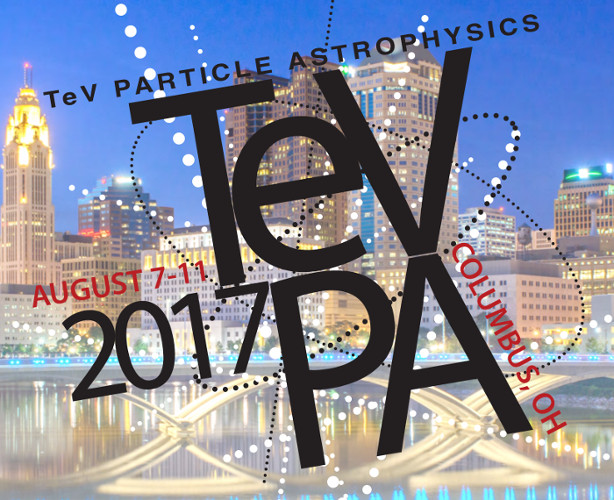Speaker
Description
The thermal relic density of dark matter is conventionally set by two-body annihilations. We point out that in many simple models, 3→2 annihilations can play an important role in determining the relic density over a broad range of model parameters. This occurs when the two-body annihilation is kinematically forbidden, but the 3→2 process is allowed; we call this scenario "Not-Forbidden Dark Matter". We illustrate this mechanism for a vector portal dark matter model, showing that for a dark matter mass of mχ ∼ MeV - 10 GeV, 3→2 processes not only lead to the observed relic density, but also imply a self-interaction cross section that can solve the cusp/core problem. This can be accomplished while remaining consistent with stringent CMB constraints on light dark matter, and can potentially be discovered at future direct detection experiments.

